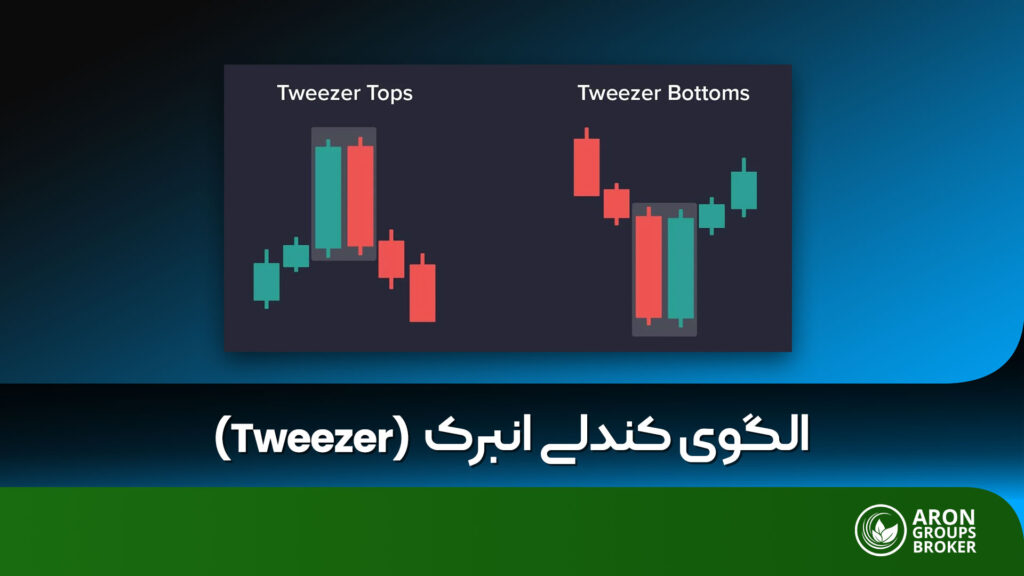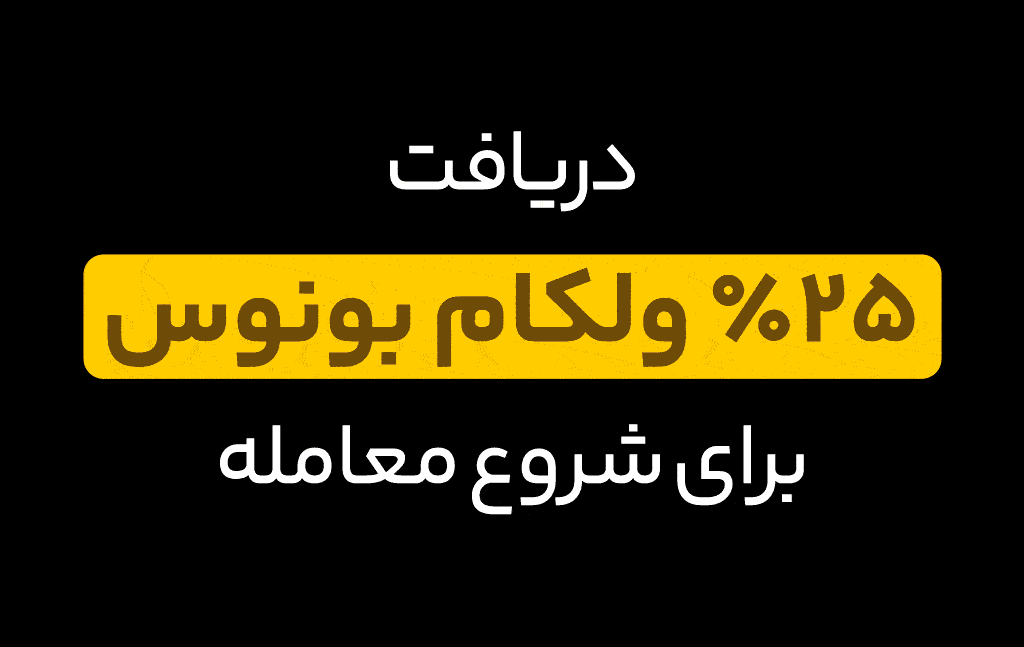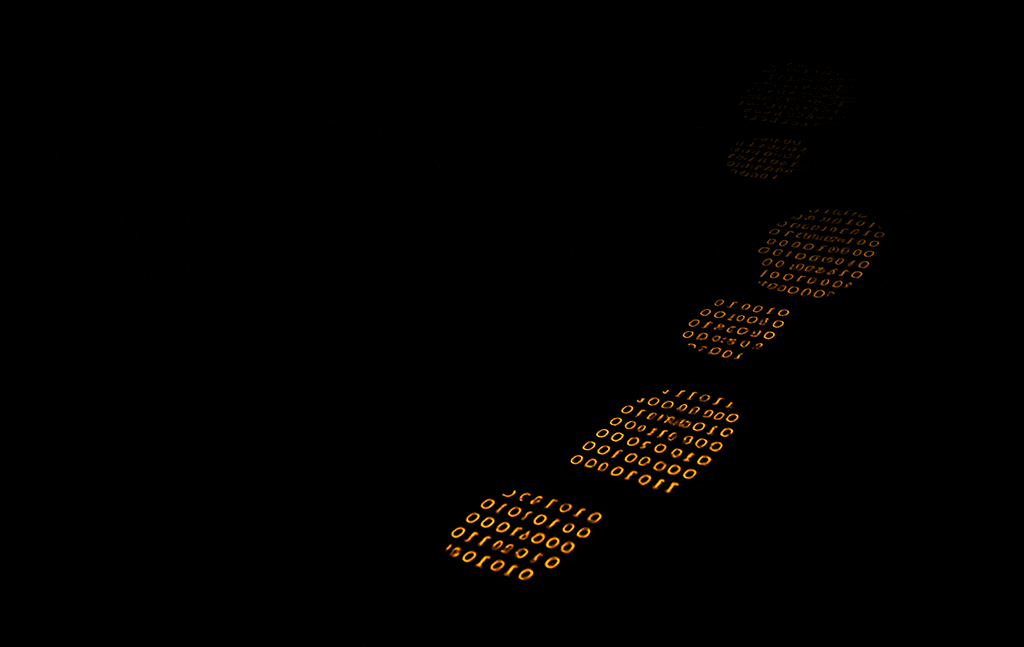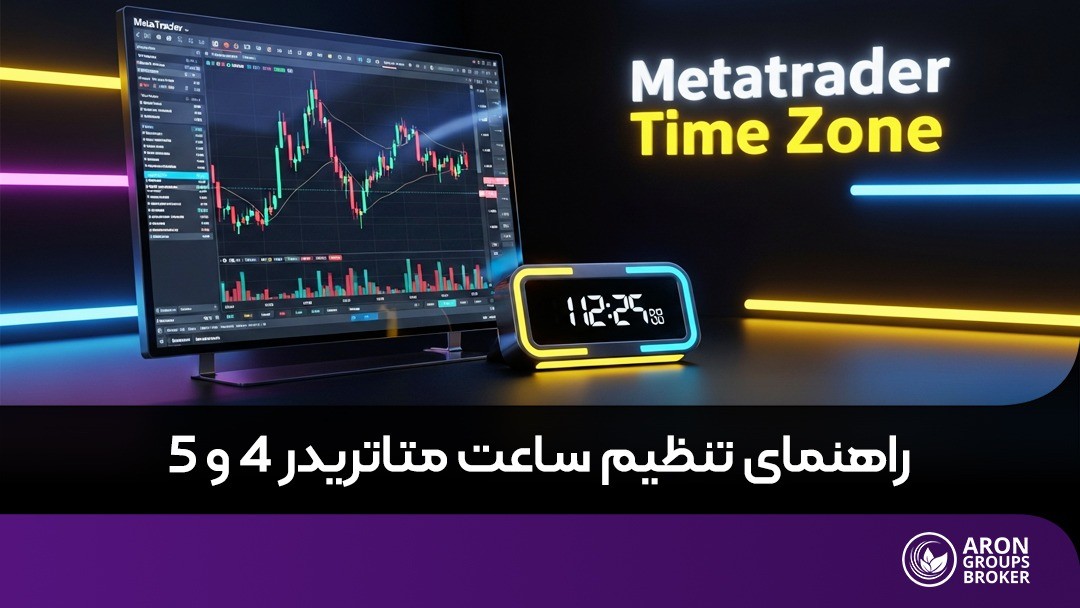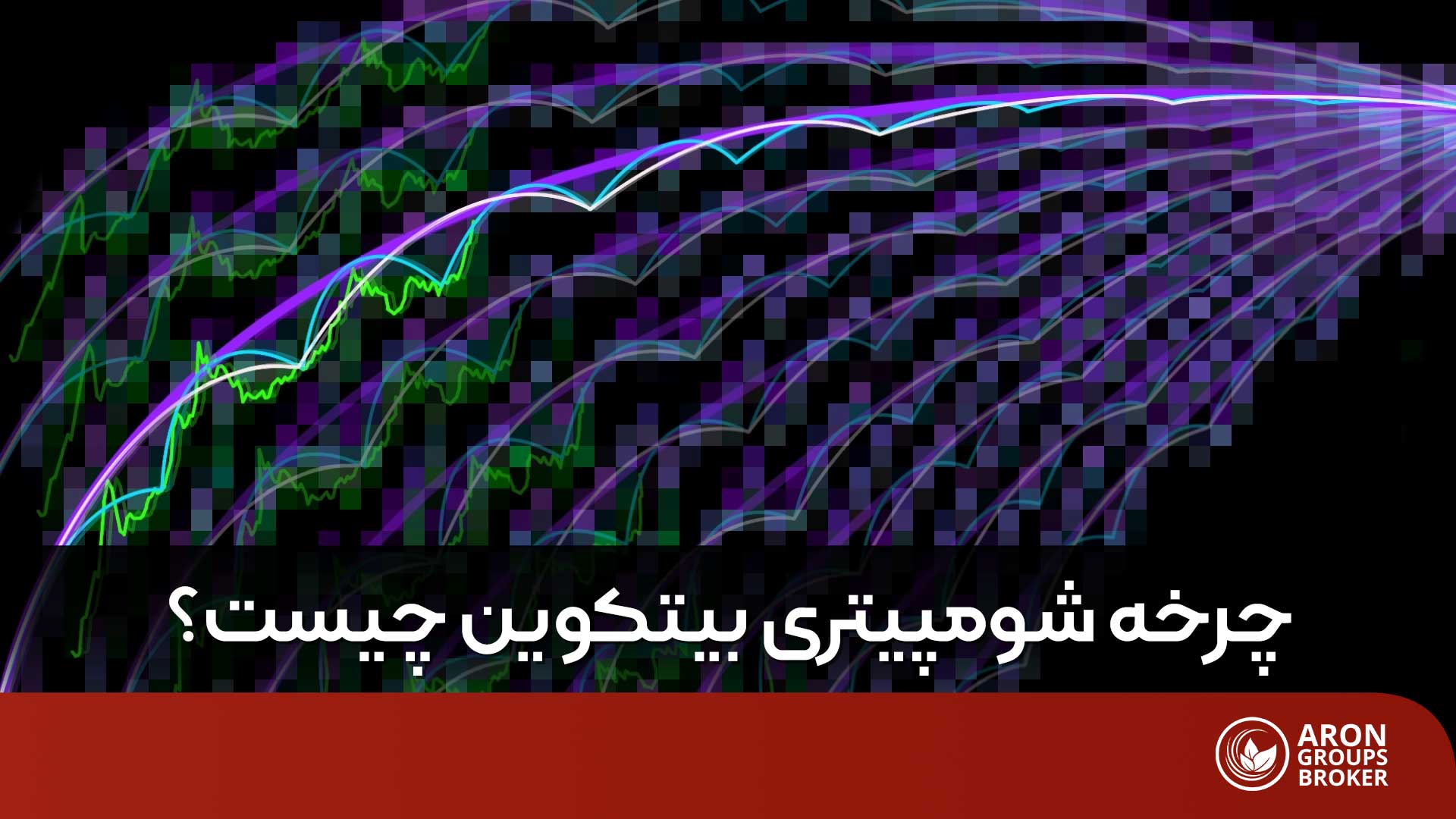در تحلیل تکنیکال، الگوهای کندلی از ابزارهای قدرتمند برای پیشبینی حرکتهای آینده بازار هستند. یکی از الگوهای کندلی که توجه بسیاری از معاملهگران را به خود جلب کرده، الگوی «Tweezer» است. این الگو به عنوان یک الگوی بازگشتی شناخته میشود و میتواند نشاندهنده پایان یک روند و آغاز روندی جدید باشد. در این مقاله به بررسی تاریخچه، نحوه تشکیل، استراتژیهای معاملاتی و مزایا و معایب استفاده از الگوی کندلی Tweezer خواهیم پرداخت.
آنچه در این مقاله می خوانید:
تاریخچه الگوهای کندلی
الگوهای کندلی در قرن هجدهم توسط یک تاجر ژاپنی به نام «Munehisa Homma» توسعه یافت. او از این الگوها برای تحلیل تغییرات قیمت برنج استفاده میکرد. با گذشت زمان، این تکنیک به سایر بازارهای مالی نیز راه یافت و به یکی از محبوبترین ابزارهای تحلیل تکنیکال تبدیل شد. الگوی Tweezer یکی از الگوهای کلاسیکی است که از همان دوران شکل گرفته و امروزه نیز در بازارهای مالی به کار گرفته میشود.
معرفی الگوی کندلی Tweezer
الگوی کندلی Tweezer یک الگوی بازگشتی است که میتواند به دو صورت «Tweezer Top» و «Tweezer Bottom» ظاهر شود. این الگو زمانی شکل میگیرد که دو کندل با ارتفاعهای مساوی یا بسیار نزدیک به هم در انتهای یک روند ظاهر شوند.
Tweezer Top:
این الگو در انتهای یک روند صعودی شکل میگیرد و نشاندهنده احتمالی بازگشت به روند نزولی است. معمولاً کندل اول یک کندل صعودی و کندل دوم یک کندل نزولی است که هر دو دارای سقف یکسانی هستند.
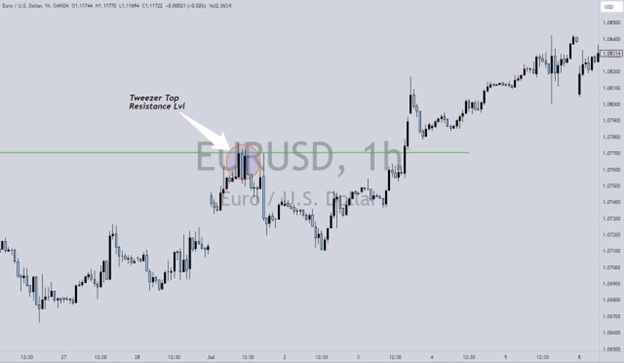
Tweezer Bottom:
این الگو در انتهای یک روند نزولی شکل میگیرد و نشاندهنده احتمالی بازگشت به روند صعودی است. در اینجا کندل اول یک کندل نزولی و کندل دوم یک کندل صعودی است که هر دو دارای کف یکسانی هستند.
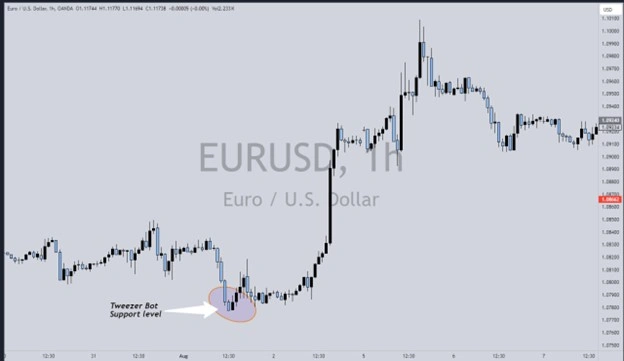
نحوه استفاده از الگوی کندلی انبرک
برای استفاده از الگوی کندلی انبرک، معاملهگران معمولاً به دنبال شناسایی این الگو در نزدیکی سطوح حمایت و مقاومت هستند. ظاهر شدن این الگو در نزدیکی این سطوح میتواند نشاندهنده قدرت بیشتر بازگشت روند باشد. به عنوان مثال، اگر الگوی Tweezer Top در نزدیکی یک سطح مقاومت قوی شکل بگیرد، احتمال آغاز روند نزولی بیشتر میشود. بالعکس، ظهور الگوی Tweezer Bottom در نزدیکی یک سطح حمایت قوی میتواند نشاندهنده آغاز روند صعودی باشد.
استراتژیهای معاملاتی مبتنی بر الگوی کندلی Tweezer
برای استفاده موثر از الگوی Tweezer در معاملات، میتوان از چندین استراتژی مختلف استفاده کرد:
- تاییدیههای اضافی: معاملهگران حرفهای معمولاً برای تایید سیگنالهای الگوی Tweezer از شاخصهای تکنیکال دیگر مانند RSI یا MACD استفاده میکنند. این شاخصها میتوانند به تعیین دقیقتر نقاط ورود و خروج کمک کنند.
- استفاده از سطوح حمایت و مقاومت: همانطور که قبلاً ذکر شد، شناسایی الگوی Tweezer در نزدیکی سطوح حمایت و مقاومت میتواند به عنوان یک سیگنال قوی برای ورود به معامله باشد.
- مدیریت ریسک و تعیین حد ضرر: در معاملات مبتنی بر الگوی انبرک، تعیین حد ضرر بسیار مهم است. معمولاً حد ضرر را در نزدیکی سقف یا کف کندل دوم قرار میدهند تا در صورت حرکت بازار در خلاف جهت پیشبینیشده، از ضررهای بیشتر جلوگیری شود.
مزایا و معایب استفاده از الگوی کندلی انبرک
الگوی کندلی Tweezer دارای مزایا و معایب خاصی است:
مزایا:
- سادگی در شناسایی: این الگو به راحتی قابل شناسایی است و نیاز به پیچیدگی خاصی ندارد.
- سیگنالهای بازگشتی قوی: در صورتی که در شرایط مناسب و با تاییدیههای اضافی استفاده شود، میتواند سیگنالهای بازگشتی قوی ارائه دهد.
معایب:
- سیگنالهای نادرست: در برخی موارد، الگوی انبرک ممکن است سیگنالهای نادرستی ارائه دهد، به خصوص در بازارهای نوسانی.
- نیاز به تایید بیشتر: این الگو به تنهایی ممکن است کافی نباشد و نیاز به تاییدیههای بیشتری دارد تا از صحت سیگنال اطمینان حاصل شود.
نتیجهگیری
الگوی کندلی انبرک یکی از ابزارهای مهم در تحلیل تکنیکال است که میتواند به معاملهگران کمک کند تا نقاط بازگشت روند را شناسایی کنند. با این حال، برای استفاده موفق از این الگو، نیاز به ترکیب آن با سایر ابزارها و شاخصهای تکنیکال وجود دارد. همچنین، مدیریت ریسک و تعیین حد ضرر از دیگر نکات حیاتی در استفاده از این الگو میباشد.












